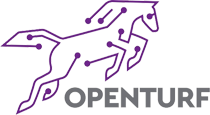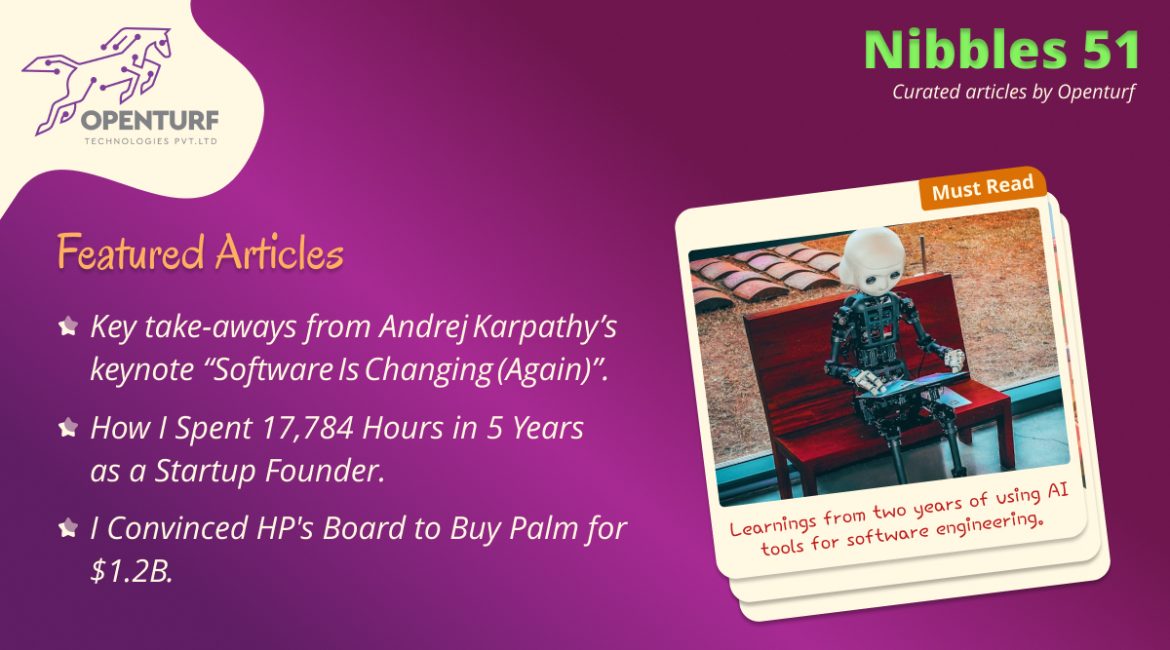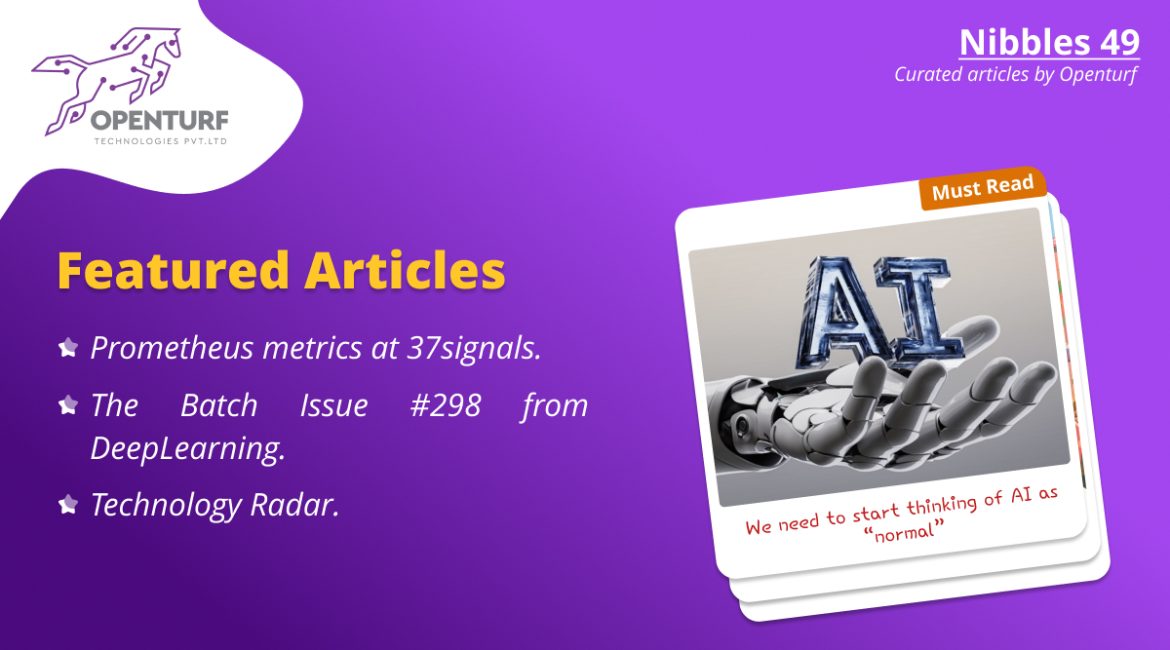Three paradigms of software Software 1.0 – traditional hand‑written code.Software 2.0 – neural‑network “weights as code”, produced by training on data.Software 3.0 – large‑language‑model computers that you “program” with English prompts; the prompt is now the source code. Take a look at the video here Learnings from two years of using AI tools for software engineering...
The Unseen Engine: How Performance Engineering Powers DevOps & SRE
"If software is the engine of modern business, then Performance Engineering is the meticulous tuning that ensures it runs at peak efficiency, reliably, and without falter." Why this Matters Today’s cloud‑native, micro‑service heavy stacks ship dozens of releases a day and serve globally distributed users who abandon slow pages in...
Detect Early, Optimize Fast: Smarter Manufacturing with Data
Executive Summary Symbiotic Automation Systems (SAS), a 25+ year industrial automation leader and Siemens-authorized system integrator , identified a critical gap: its manufacturing clients collected rich process data but had no real-time analytics tools. Previously, operators exported batch data to spreadsheets for manual analysis, making it slow to spot trends,...
Gen AI & Observability trends in 2025
As digital infrastructures grow increasingly complex, traditional observability methods often fall short in providing comprehensive insights.In 2025, observability has evolved from a reactive monitoring practice to a proactive, intelligent system powered by Generative AI. This transformation is enabling organizations to detect anomalies earlier, reduce mean time to resolution (MTTR), and...
How to Choose the Right Metrics for Your A/B Tests
Choosing the right metrics for your A/B tests is crucial to unlocking actionable insights and driving meaningful improvements in your product or website. But running an A/B test is not just about splitting your audience and measuring what performs better—it's about measuring the right thing. Whether you're optimizing a fintech...
Nibbles 50
For our 50th edition we wanted to go back and shortlist five articles that stand the test of time, in other words classical. In other words if one has to read only 5 articles of the 200 odd curation, we are confident that these 5 will stand the test of...
Top 5 Performance Engineering Tools You Need in 2025
Is your app built for speed, scale, and resilience? That’s the heart of performance engineering — a proactive approach to ensure your systems don’t just work, but work well under real-world pressure. Whether you’re launching your first web app or scaling a microservices architecture, this will walk you through five...
Empowering Classrooms Digitally: How OpenTurf Customized LMS for a Leading K–12 School – A Case Study
Client Overview A renowned K–12 school in Bangalore sought to digitally streamline its academic and administrative operations. While the institution had minimal digital tools for teachers and administrators, there was no student-facing platform for academic content delivery, assessments, or performance tracking. The school’s leadership envisioned a comprehensive Learning Management System...
How Generative AI Is Redefining FinTech: Benefits, Use Cases, and the Road Ahead
Generative AI is rapidly transforming the FinTech industry, offering new possibilities across various sectors, from banking and insurance to investment management and payment systems. As the technology matures, its role in reshaping the financial landscape grows more significant. This blog explores the scope of Generative AI in FinTech, its benefits,...
We need to start thinking of AI as “normal”
The article "Is AI Normal?" from MIT Technology Review examines the polarized discourse surrounding artificial intelligence. While some experts, like OpenAI's Sam Altman, envision AI's impact as transformative as the Renaissance, public sentiment leans toward concern, with over half of Americans expressing apprehension about AI's future. In contrast, Princeton researchers...


